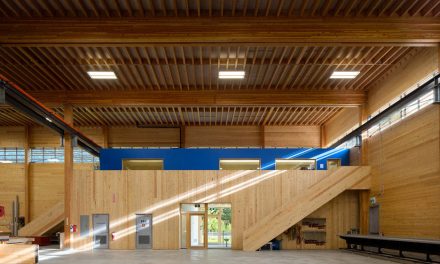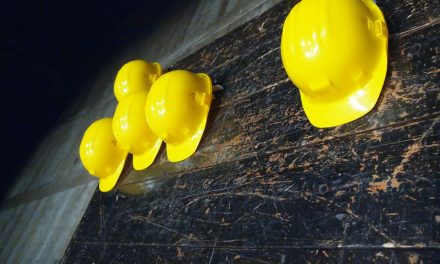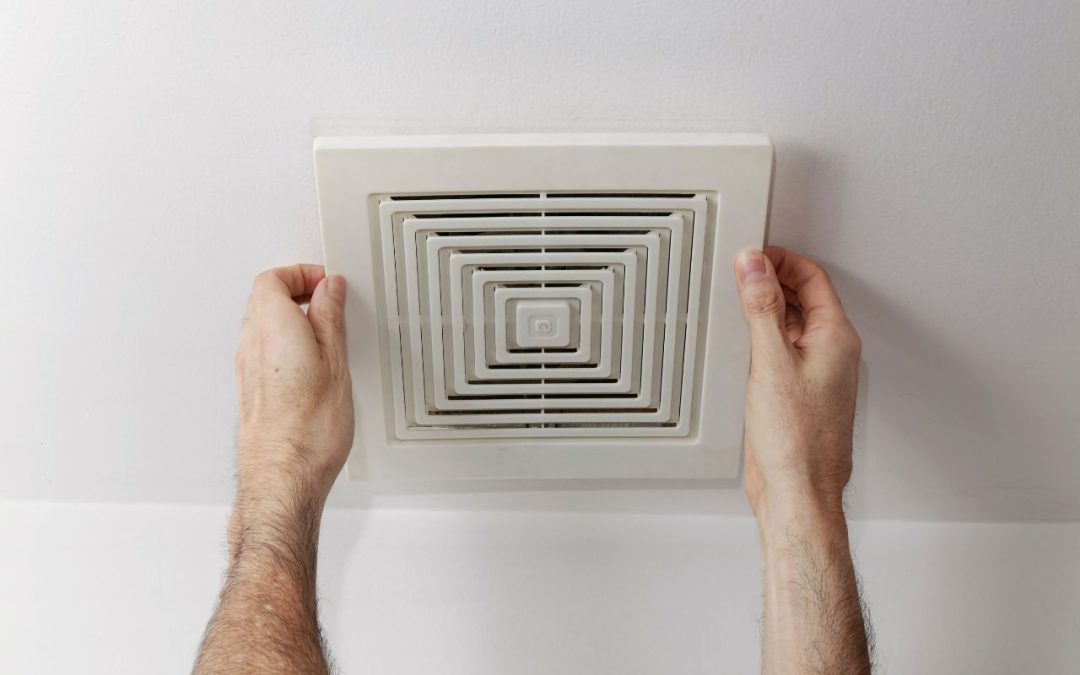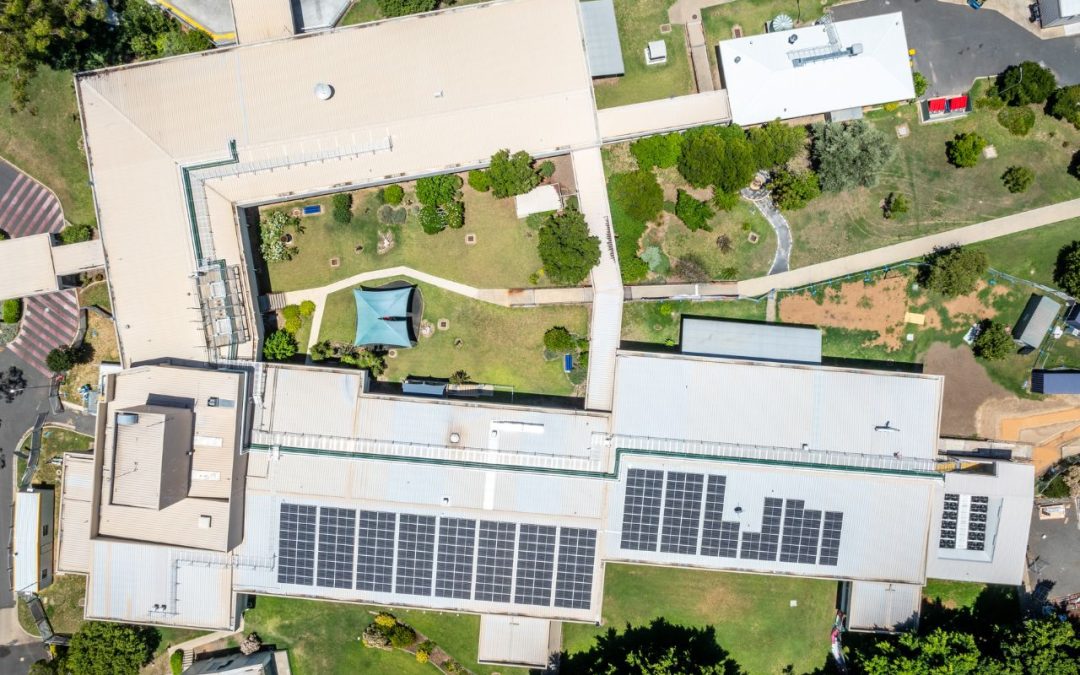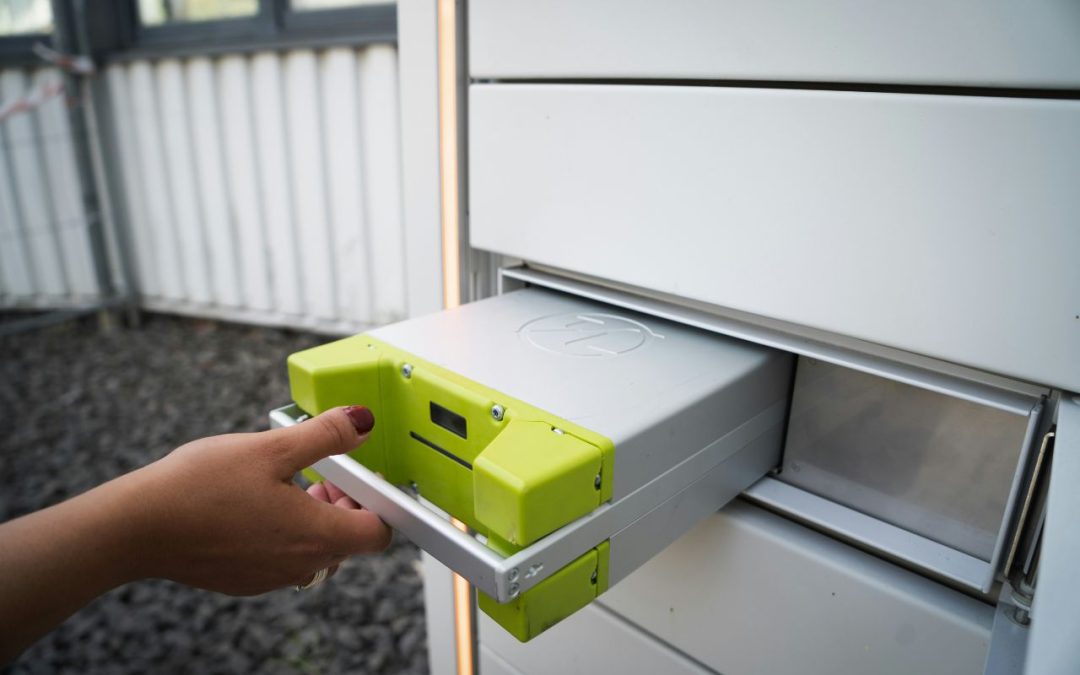CSIRO energy leader Dr Stephen White, F.AIRAH, is one of the founders of i-Hub.
Ecolibrium: What is your role within CSIRO?
Stephen White: I lead the energy efficiency work in CSIRO. This includes research on building automation and smart-building data management. It also includes oversight of research associated with the NatHERS software and the Australian Housing Database.
A lot of my role involves communicating research to non-researchers and interpreting industry research needs into tractable questions that CSIRO research can address. I sit on a number of steering committees helping to initiate new research and guide research for maximum national impact.
Eco: Why did you get involved in the i-Hub ?
SW: I helped to create the i-Hub initiative, as a means of realising some of the important ideas arising out of the industries PRIME initiative. I was – and still am – keen to support this collaborative approach to industry transformation – to drive common good standards and practices, and to help Australian industry to innovate and compete globally.
Eco: What lessons are filtering out of the i-Hub, and how can it be used in the future?
SW: Along with AIRAH’s Big Data STG, i-Hub has helped grow the conversation on digitalisation in buildings.
At the 2016 AIRAH Future of HVAC Conference, a workshopping session was held with over 150 HVAC professionals. The workshop found that “Building control systems are in the ‘mainframe’ age of computing and not yet advanced to the ‘App’ age”. The industry has progressed a lot since then, but still has a long way to go.
In i-Hub, we have built the “Data Clearing House” (DCH) software platform with the aim of providing data infrastructure for industry to build smart Apps. We believe that the DCH is a world-leading integration platform for smart buildings.
With around 70 buildings expected on the platform by the end of the project, the collaborative DCH infrastructure is helping to bring modern meta-data standards and practices into the industry and helping to enable innovation and competition. I’m proud to be supporting the growth of new Australian companies like Exergenics.
And I’m excited that the i-Hub Data Clearing House projects can help demonstrate to government that digitalisation is an attractive pathway for our industry to further reduce greenhouse gas emissions and help to stabilise Australia’s electricity grid.
i-Hub Outcomes Summit
The i-Hub Outcomes Summit will take place Tuesday, May 17 from 12 midday to 5pm in Sydney and online.
The Innovation Hub for Affordable Heating and Cooling (i-Hub) brings together leading universities, researchers, consultants, building owners, and equipment manufacturers to create a connected research and development community in Australia.
Speakers the road travelled, the successes, the pitfalls, and the next steps to facilitating the HVAC&R industry’s transition to a low-emissions future that will stimulate jobs growth and support HVAC innovation in buildings.
Project updates
i-Hub comprises 32 individual sub-projects. Nine have been completed and 23 are scheduled to be completed by the end of June 2022.
The i-Hub Outcomes Summit will provide updates on the Living Laboratories, Integrated Design Studios and Data Clearing House projects.
Like to know more?
For more info on the I-Hub Outcomes Summit program, go to https://ihub.org.au/

